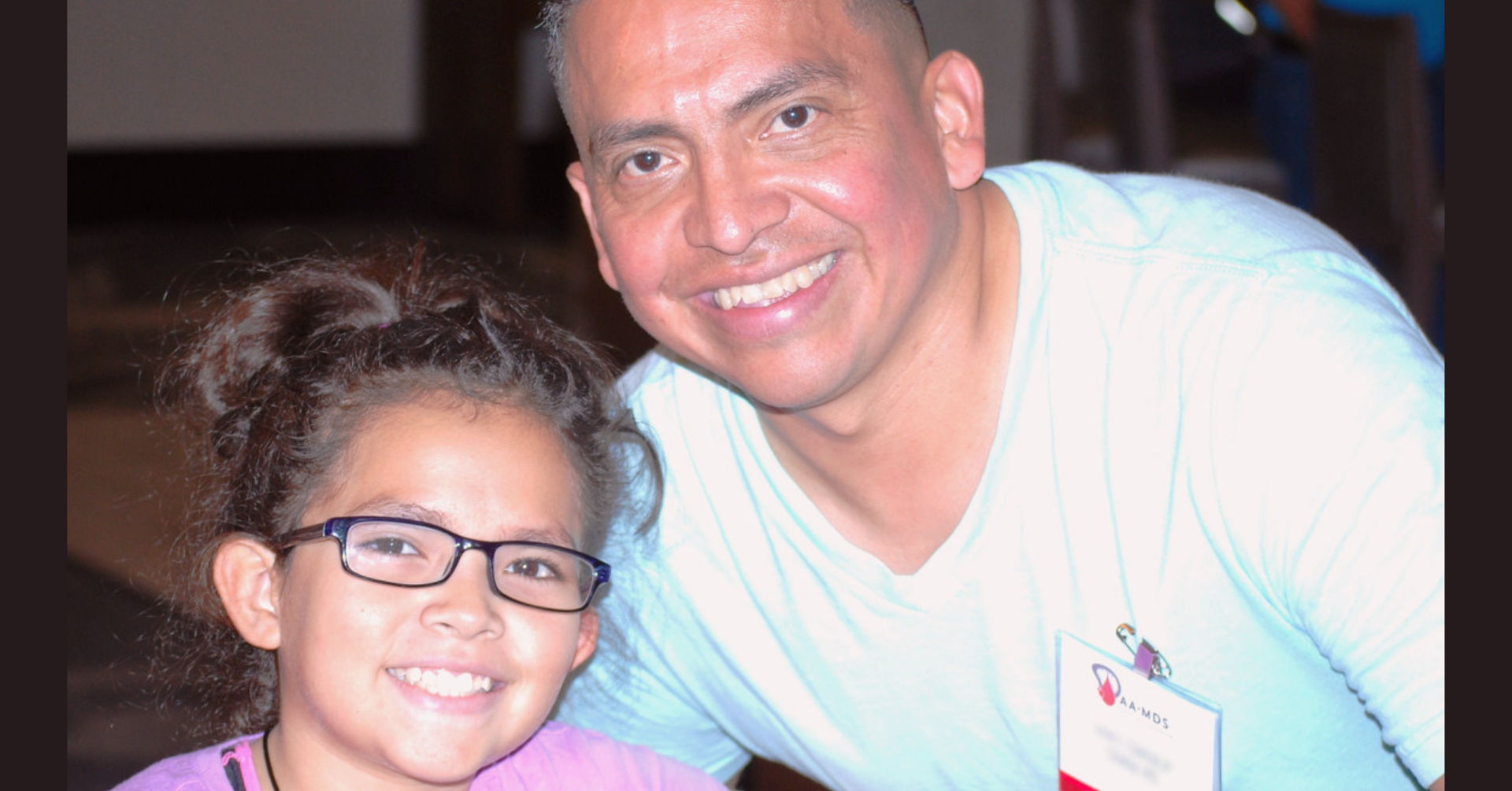Cindy Benoit, RN, BSN, OCN
Moffitt Cancer Center, Tampa, FL
Fatigue is one of the most common and distressing side effects experienced by patients with a diagnosis of cancer. It can be the symptom which prompts the first medical appointment and it can last throughout the entire treatment regimen and beyond. Fatigue has the ability to significantly affect quality of life (QoL) for both the patient and the family. Doctors and nurses often fail to recognize fatigue as a symptom that requires intervention. The National Comprehensive Cancer Network (NCCN) and the American Society of Clinical Oncology (ASCO) groups have recommended screening for cancer-related fatigue for all patients at the initial visit and as indicated throughout treatment and beyond. Once fatigue is identified and quantified, education can begin.
There are several fatigue screening tools which can be utilized to assess the presence andseverity of fatigue. One example is the Visual Analog Scale (“How would you rate your fatigue on a scale of 0 to 10?”). Zero represents no fatigue while ten represents unimaginable fatigue. Mild, moderate, and severe fatigue is further broken down based on scores of 1-3, 4-6, and 7-10, respectively. As fatigue is very subjective, it is useful to quantify the fatigue and to use this finding along with additional information from the physical assessment and laboratory findings. This information will help guide treatment recommendations.
Patients with myelodysplastic syndromes (MDS) are generally older adults, with a median age of 76 at diagnosis. Fatigue can be something these patients have experienced for many years, and they often consider fatigue a normal part of the aging process. If they do acknowledge their fatigue, they may be hesitant to voice it as a concern to the healthcare team for fear of drawing attention away from treating their disease. Or they may not want to bother anyone with complaints.
Patients with MDS have many risk factors apart from aging that may compound their fatigue: low blood counts (anemia), emotional stress, pain, GI issues from chemotherapy, lack of physical exercise, and comorbidities. The healthcare team can help each patient identify the cause of his fatigue and offer interventions; there are both specific treatments and symptomatic measures available for the patient. Low blood counts can be treated with transfusions. Higher hemoglobin levels are positively correlated with increased QoL. Emotional stress can be treated with therapy and/or medication. Pain can be treated with medication and/or referral to pain management specialists. Nutritional deficiencies due to nausea/vomiting/diarrhea can be alleviated with medications and dietician referrals.
Patients need to be educated about exercise. They need to understand that while rest is often recommended while undergoing cancer treatment, muscle wasting can occur with too much inactivity, which can lead to further loss of strength and endurance. Exercise programs do need to be carefully individualized for older MDS patients who may have multiple comorbidities. Improving sleep routines, with or without the use of medications, can also help with lingering fatigue throughout the day.
There are many outside organizations and web sites which can provide information about cancer related fatigue and support for the patient (printed information can be provided to patients who may not have computer access): American Cancer Society, CancerCare, National Cancer Institute, and OncoLink. It is the responsibility of the healthcare team to address fatigue as a valid concern and to provide patient specific education. In return, this may greatly improve your patient’s quality of life.

